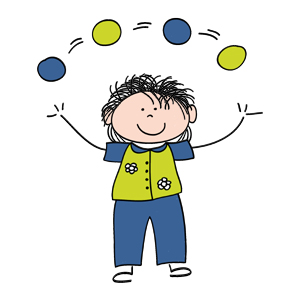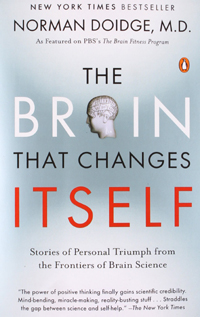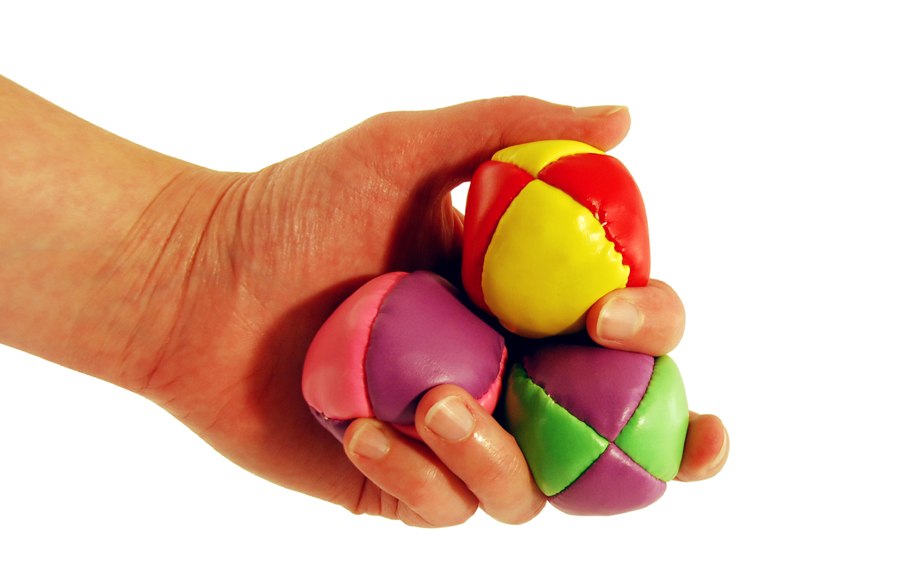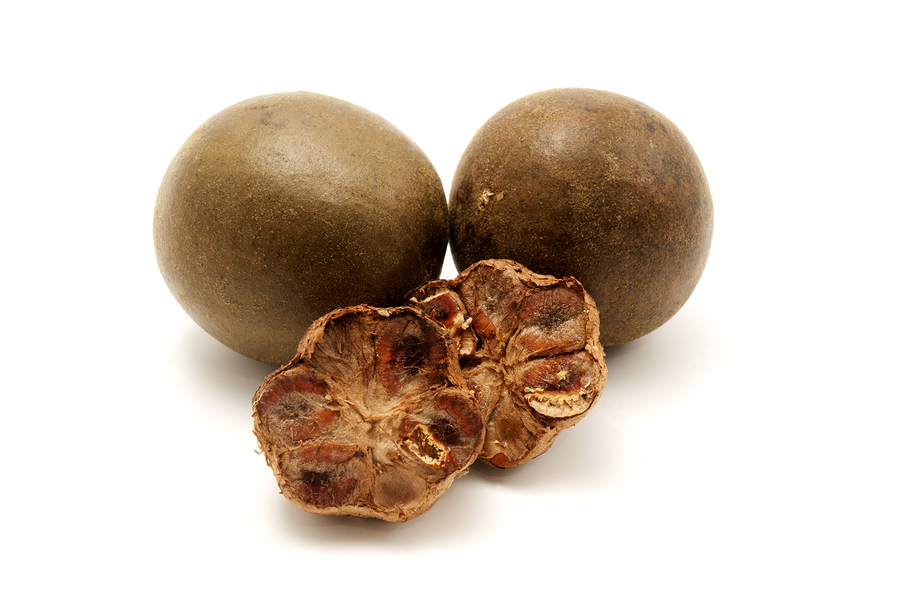Neuroplasticity – How our brain changes itself
 Every so often I try and teach myself how to juggle. It always starts off the same way with me tossing the balls or bean bags into the air and having a lot of trouble catching them. If I persists, I begin to catch more and more of the tosses until finally after a lot of practice I will eventually make a complete ‘juggle’ or whatever it is that you call it when you make a complete circuit with three balls. Then for one reason or another I will stop practicing. When the weeks or months or years pass and I again try to learn to juggle once more, I start off having lost that complete juggle skill but I am a little better than the attempt before and I progress a little faster to the point where I ‘juggle’ and then give it up again.
Every so often I try and teach myself how to juggle. It always starts off the same way with me tossing the balls or bean bags into the air and having a lot of trouble catching them. If I persists, I begin to catch more and more of the tosses until finally after a lot of practice I will eventually make a complete ‘juggle’ or whatever it is that you call it when you make a complete circuit with three balls. Then for one reason or another I will stop practicing. When the weeks or months or years pass and I again try to learn to juggle once more, I start off having lost that complete juggle skill but I am a little better than the attempt before and I progress a little faster to the point where I ‘juggle’ and then give it up again.
What I am illustrating with my example is more than just that I don’t have the necessary drive to completely master the art of juggling, but also that my brain is learning this skill and retaining some of its knowledge even when I don’t practice. How is it that the brain can do this? We know that our brain changes our body, but how does our brain change itself. I think we can all understand how a brain changes from infancy to adulthood, growing gradually larger and more refined, but does our brain continue to change as we age?
The answer is yes, and perhaps more surprisingly, it changes about as frequently as any other part of us in response to the challenges we give to it.
It takes a long time for our brain to completely mature. We start out at birth with a brain that is very unfinished and in fact we are one of the most vulnerable and delicate of mammals when we are born. This is due to the fact that the body of the human female can only sustain the growing infant for so long before the energy expenditures and the size of our big brained heads would make childbirth impossible.
Thus we enter this world not only naked and defenseless but also barely done in the brain department. Our senses are blunted and our cognitive abilities minimal. In other words, we are not completely baked. It takes months before we achieve some of the physiological and neurological achievements that some mammals have at birth.
All that slow progress is due to the necessary development of our neurological system that gradually procures ownership of this body we are housed in. Yet how our brain develops and to what degree we acquire certain skills relies heavily on our exposure to appropriate stimuli. For example there is a very narrow window in which we develop our sight. Once that window is passed the natural selection process of neural pruning will make it impossible for us to acquire normal vision.
Take for example an experiment on vision that was conducted on two groups of kittens. These cats were raised in complete darkness except for being fitted with special covers that allowed their eyes to see either only horizontal lines or only vertical lines. For the first few weeks of life they were not allowed to see anything else. As a whole these cats were more clumsy than other cats in their movements. Those kittens that were exposed to vertical lines had trouble seeing things like the horizontal edges of things. Those kittens who were exposed to horizontal lines had a hard time seeing vertically oriented things. These cats did not grow out of this tendency, so we know that some things get hardwired into our brains, especially things that happen very early in our neural life.
Yet in many ways our brain as a modifiable organ, capable of change. Neuroplasticity is a word that describes the ability of our brain to change neural pathways and connections in response to changes in our behavior, changes in our environment, in emotions as well as injury. This can be on a cellular level where we enhance certain parts of our brain from learning or it can be large scale where we relearn how to function after injury. Although it used to be believed that the brain was a static organ, incapable of change after certain critical periods of childhood development, recent findings have concluded that many aspects of our brain are modifiable throughout our lives.
One of the things for us to keep in mind is that we are not just making new connections, but we are also getting rid of unused connections in what is called synaptic pruning. Think of the concept of use it or lose it. We know that we grow strong when we use muscles. We know that our bones become more dense when we cause them to weight bear. Well our brain grows synaptic connections based on whether we use them or not. The more we cause two neurons to interact, the closer these neurons ‘wire’ together. We don’t see this enhancement in the same way we see our muscles getting bigger from being used, but the same principle applies. When we do an action routinely, our brain enhances itself in order to make doing that function more efficiently. By the same token, those actions we seldom if ever do, will have neurons who will not be enhanced.
It may be helpful to think of this concept as a relationship between two or more neurons. In order for something to happen in our body, be it an physical action, the function of a gland, or even a thought – at least two neurons must be involved. One of them acts but the other one must respond. If a neuron simply fires and no other neuron ‘hears’ it, then nothing happens. Much like the tree in the forest – somebody has to be there to ‘hear’ the ‘sound’.
An example of this enhanced neural relationship is experienced when we try a completely new yoga pose. The first time we work to put our body into the proper alignment it will be awkward and seem unnatural. Our muscles will tire quickly and we may become frustrated with the effort. In time that same pose will become easier to do. Not only will our muscles become stronger and more conditioned to the position but the neurological connections within our brain associated with our body in that position will become stronger. It will stop feeling awkward and seem normal.
 A book that further explains these concepts was written by psychiatrist and psychoanalyst Norman Doidge, M.D. The Brain That Changes Itself: Stories of Personal Triumph from the Frontiers of Brain Science is a collection of case studies of patients who suffered neurological disorders. It showcases the unusual and unexpected ways the brain can adapt and compensate for disabilities.
A book that further explains these concepts was written by psychiatrist and psychoanalyst Norman Doidge, M.D. The Brain That Changes Itself: Stories of Personal Triumph from the Frontiers of Brain Science is a collection of case studies of patients who suffered neurological disorders. It showcases the unusual and unexpected ways the brain can adapt and compensate for disabilities.





